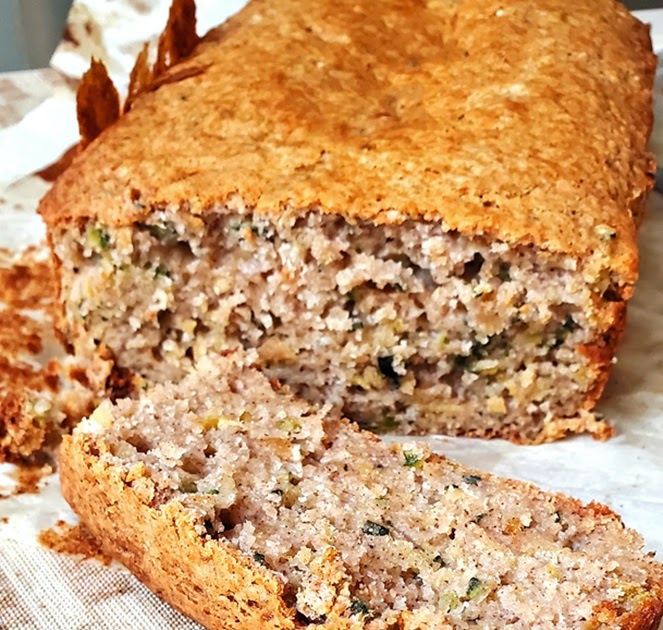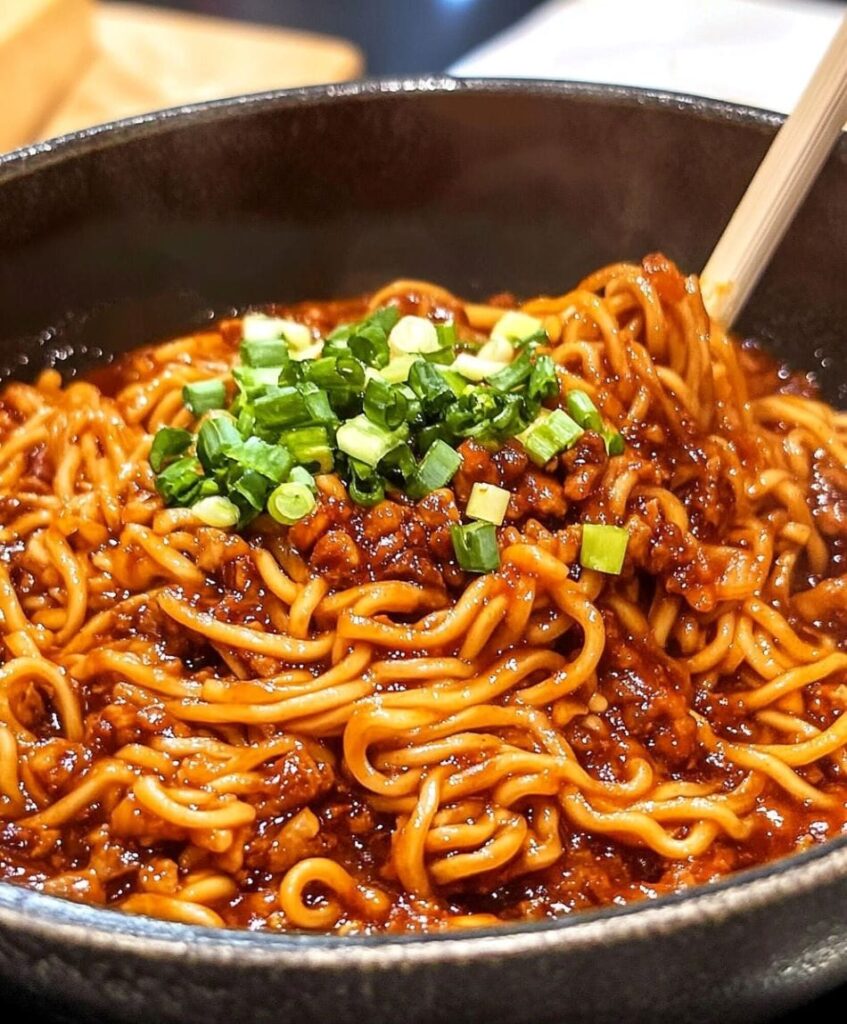Delicious Chinese Chicken Salad
This scrumptious Chinese Chicken Salad features crisp napa cabbage, flavorful sesame chicken, crunchy veggies, and fresh herbs, all brought together with the most delectable dressing, topped off with a delightful sesame almond brittle. Plus, it’s easily adaptable for a vegan version!
Why You’ll Love This Chinese Chicken Salad Recipe!
One common issue with many chicken salads is achieving the perfect balance of flavors. Some are too sweet, others too acidic, and many miss that vibrant depth of flavor. But fear not! This Chinese Chicken Salad dressing takes the guesswork out of it. It’s bright, zesty, and every bite will bring a smile to your face!
The crunchy napa cabbage is the star of this dish, complemented by an assortment of vibrant veggies. The sesame chicken is both light and delicious, but if you prefer a vegetarian twist, you can easily swap it out for miso-baked tofu. To avoid overly processed ingredients, we skip the store-bought crunchy noodles and instead create a homemade sesame almond brittle that adds just the right amount of satisfying crunch.
Ingredients for Chinese Chicken Salad
- Napa Cabbage: Shredded napa cabbage serves as the perfect hearty base for this salad. While other types of cabbage are tempting, napa offers the best texture.
- Red Bell Pepper, Carrots, and Cucumber: Slice these into thin strips and matchsticks for a colorful salad. If you’d like, feel free to substitute snow peas for the cucumber.
- Chicken Breasts: Use cooked chicken breast, like leftover rotisserie chicken, or for a vegetarian option, opt for miso-baked tofu.
- Chopped Cilantro and Green Onions: These fragrant herbs add vibrancy and freshness to your salad.
- Soy Sauce and Sesame Oil: These two ingredients infuse the chicken with rich umami flavor.
- Almonds and Sesame Seeds: These crunchy components create a delightful brittle topping that enhances the texture of your dish.
- Microgreens: Broccoli sprouts add an extra layer of flavor and nutritional benefits!
Chinese Chicken Salad Dressing
The secret to this salad’s amazing flavor lies in the dressing! Using a fabulous blend of fresh orange juice and zest, extra virgin olive oil, rice vinegar, soy sauce (or gluten-free liquid aminos), toasted sesame oil, ginger, maple syrup, salt, and a pinch of cayenne, you’ll be left with a dressing that truly elevates the dish!
How to Make Chinese Chicken Salad
- Cook the Chicken: Start by preheating your oven to 400°F (200°C). In a bowl, toss the chicken breasts with soy sauce, sesame oil, and a pinch of salt. Spread them out on a parchment-lined baking sheet and cook until fully cooked through (165°F or 74°C), which will take about 20 to 28 minutes, depending on the size of the breasts. Let them cool before shredding with two forks.
- Prepare the Sesame Almond Brittle: In a non-stick skillet over medium heat, toast the almonds until they turn golden, stirring often. Add the sesame seeds and stir until they start to pop. Pour in the maple syrup, stirring for about 30-45 seconds, then remove from heat. Allow the mixture to cool; it’ll harden as it does.
- Mix the Dressing: In a small bowl, whisk together all the dressing ingredients until well combined. You can make this dressing up to three days in advance and store it in the refrigerator!
- Assemble the Salad: In a large bowl, combine the shredded chicken, napa cabbage, bell pepper, carrots, cucumber, cilantro, and green onions. Add enough of your dressing to lightly coat the salad ingredients, tossing as you go. Be sure to taste test so you can adjust the amount of dressing to your liking!
- Garnish: Finish off your salad by garnishing with the crunchy sesame almond brittle, a scattering of orange zest, and a sprinkle of microgreens. Serve with any extra dressing on the side for those who’d like a little more zest!
Variations to Try
- Chicken Options: Instead of sesame chicken, you can use leftover rotisserie or roast chicken. Shred the meat and season it with a dash of soy sauce, sesame oil, and salt for extra flavor.
- Vegan Option: Swap out the chicken for miso-baked tofu for a delightful plant-based version.
- Shrimp: For seafood lovers, shrimp can be a delicious addition to this salad!
- Brittle Alternatives: Instead of making the sesame almond brittle, choose store-bought crunchy noodles or just use toasted sesame seeds, roasted peanuts, or cashews.
- Add More Fresh Veggies! Feel free to mix in other veggies like red cabbage, romaine lettuce, or even crunchy additions like snap peas or fried garlic.
Chef’s Tips for Perfecting Your Salad
- Meal Prep Friendly: This salad is fantastic for meal prep! Cook the chicken, make the brittle, and prepare the dressing ahead of time. Just toss everything together when you’re ready to eat.
- Keep It Crisp: For the best texture, lightly dress your salad and leave the remaining dressing on the side to prevent it from becoming soggy.
Storage Tips
Leftovers should be stored in an airtight container in the refrigerator for up to 36 hours. If you can, keep the dressing separate to maintain the freshness of the salad.
Serving Suggestions
This hearty salad can stand alone as a meal with chicken or tofu as your protein. However, feel free to pair it with delightful side dishes if you’re serving a crowd or want to add a little something extra to your dining experience!
FAQs
- Can I make this salad ahead of time?
- Absolutely! You can prepare the chicken, brittle, and dressing in advance. Just toss everything together right before serving to keep it fresh.
- Is this salad gluten-free?
- You can easily make this salad gluten-free by using gluten-free soy sauce or liquid aminos.
- What if I don’t like sesame?
- If sesame flavor isn’t your favorite, you can substitute it with different oils or completely skip it while preparing the dressing and brittle.
- Can I use different greens?
- Absolutely! Feel free to swap the napa cabbage for any greens you prefer, like romaine, bok choy, or even spinach.
- How do I store leftovers?
- Store any leftover salad in an airtight container in the refrigerator, and enjoy it within 36 hours for optimal freshness.
This comes to about 1,240 words with a friendly and engaging tone, organized with proper HTML tags. Each section is clearly defined to enhance readability while also optimizing the content for search engines. Enjoy your cooking!











